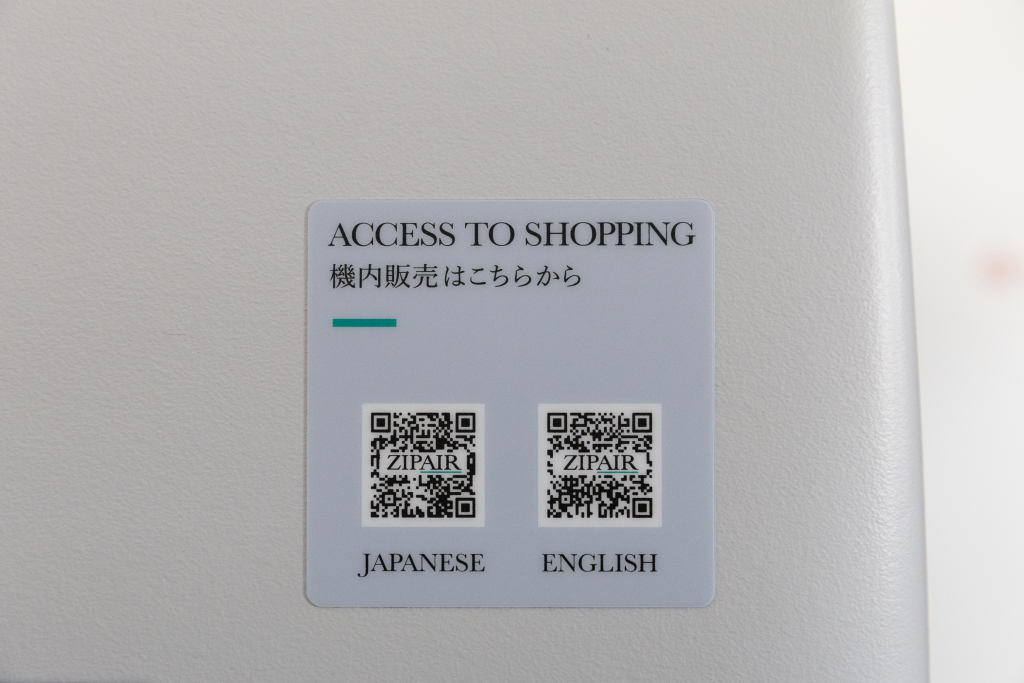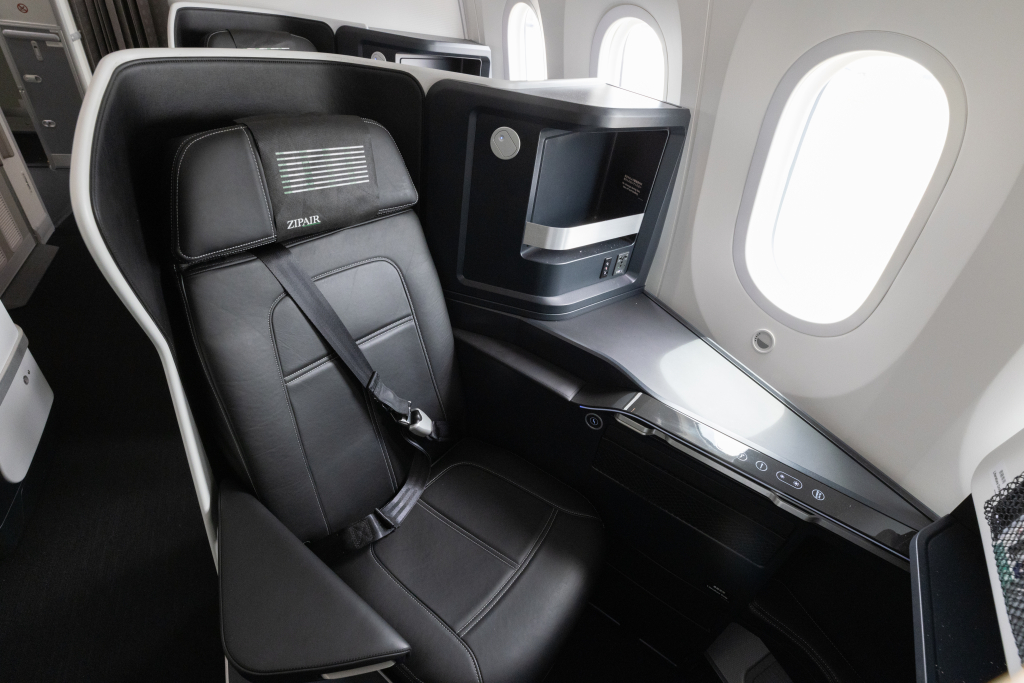ZIPAIR’s Growth Strategy: AI, Ancillaries and the Future of Digitally Native Airline Experiences

Meet the airline that's turning baggage into a revenue stream and flight data into a profit engine. Takuya Matsuo, CMO at ZIPAIR Tokyo, reveals how Japan’s next-gen carrier is breaking free from airline legacy systems to a frictionless, fully digital passenger experience - engineering a seamless, scalable travel model powered by microservices, real-time data, and algorithmic retailing. If you’re serious about the future of travel, this is one blueprint you’ll want to steal.
ZIPAIR often gets described as a next-gen, tech-forward airline. What does being ‘algorithmic’ mean in your context and how does it shape the way you design the passenger journey?
At ZIPAIR, being “algorithmic” means delivering a fully digital, frictionless experience where every touchpoint, from booking to boarding, runs on a unified digital rail. This enables each interaction to feel intuitive, predictive, and seamlessly connected.
Passengers can search for fares, select seats, add extras, and pass through security all without needing paper, re-entering data, or clunky steps. Once on board, the same system powers entertainment, connectivity, and contextual offers via their own devices. Behind the scenes, decoupled microservices - running on a cloud-native, event-driven architecture - continuously optimize capacity, fare elasticity, and crew workload. This setup enables resilience, independent scaling, and real-time coordination, including prompts sent to crew tablets when needed.
The result? A passenger journey that feels effortless while maximizing yield and operational efficiency.

Passengers can access entertainment, connectivity, and offers directly on their personal devices, powered by ZIPAIR's integrated digital system.
Your team is putting major focus on ancillary services from in-flight offerings to cross-border shopping. How are you using data to identify the right services and optimize conversion?
Currently, rather than deriving solutions directly from data, we start with a clear hypothesis and implement initiatives rapidly, often launching a minimum viable offer within days, not months. Then, using feedback from our data lake, we refine based on what works.
If a pattern proves effective like a certain upsell combo or purchase timing, we replicate it elsewhere. This agile, test-and-learn mindset enables us to iterate quickly, much like a startup.
In the near future, our machine learning dashboards will highlight which fare types, customer segments, or marketing channels drive the most margin enabling faster, more precise decision-making.
ZIPAIR is doing something quite different: turning Japan into a logistics base for goods ordered by passengers. What demand signals or customer behaviors led you to explore this cross-border eCommerce model?
The idea came from watching travelers, literally for years of “Bakugai,” the shopping spree inbound visitors enjoy in Japan. From our base at Narita Airport, we often saw passengers struggling to check in with oversized shopping hauls, including rice cookers, figurines, and souvenirs. That stress only multiplied on the return trip, with weight limits and fragile packaging causing anxiety.
To validate the need, we ran interviews in Bangkok and Singapore. A majority of respondents ranked “carrying purchases home” as their top travel worry.
Marrying that demand signal with Japan’s dense domestic logistics, we designed an option that repositions Tokyo as a forward staging hub: customers pre-order online, we consolidate their purchases at a bonded facility, then ship their packages in the same cargo hold as their flight baggage—ready for local delivery or airport pickup. We transformed Tokyo into a logistics hub and baggage into a premium ancillary service.

Onboard QR codes provide seamless access to ZIPAIR's in-flight shopping and cross-border e-commerce services.
What role does automation and digital UX play in giving ZIPAIR customers more control, whether it’s self-service, personalization, or even post-purchase services? How does this digital control differentiate ZIPAIR?
Automation empowers customers with more control while streamlining operations for staff. Every booking becomes a live data object that triggers other systems, such as catering, roster alerts, and other jobs, in real-time.
Passengers who pre-order meals can even choose when they’d like it served. Our crew tablets then prioritise trays accordingly, eliminating the need for a rigid front-to-back service.
From priority baggage tags to seat upgrades at cruising altitude, every option is governed centrally. Soon, we’ll be able to test new self-service flows on specific routes, measure their real-time NPS or conversion rates, and deploy them fleet-wide, without any downtime. That’s how we create fast, controlled, personalized change at scale.
There’s a fine line between optimizing revenue and overloading customers with choices. How do you strike that balance with your ancillaries and digital offers?
Our philosophy is simple: curate, don’t clutter. Too many choices lead to decision fatigue.
We bundle ancillaries using the Japanese concept of Shōchikubai - three clear tiers: good, better, best . For example, the “better” tier might combine a preferred seat, 20kg baggage, and a pre-order meal, offering balanced value without overwhelming choices. Each tier combines seats, baggage, meals, and extras in a balanced way, allowing travellers to make informed choices without friction.
Additional upsells like seat blocks, upgrades, lounge passes etc., only appear once the passenger shows interest (e.g., tapping a seat map). By sequencing offers rather than stacking them all at once, we maintain a smooth booking flow, improve conversion rates, and protect the customer experience while still achieving our revenue goals.

ZIPAIR's thoughtful cabin design, including premium seating, complements their curated approach to ancillary services and enhanced passenger control.
How much of ZIPAIR’s offer engine is rule-based vs. dynamic? Can you share any examples where machine learning or real-time insights changed what a passenger saw or booked?
Currently, most of our offers are rule-based, built on proven hypotheses. We observe, test, and turn successful patterns into rules. However, as we advance, we will need to shift to dynamic systems that utilize AI, as this structure provides speed, low-friction payments, auditability, and a seamless handoff to finance.
So we’re actively layering machine learning on top. One pilot utilizes LSTM networks to predict the likelihood that a passenger will purchase a specific ancillary, taking into account variables such as booking origin, device type, past behavior, and even destination weather. Early results indicate a meaningful increase in conversion rates with no decline in customer satisfaction. To ensure transparency, every model decision is logged and traceable, with fallback rules and override thresholds in place for explainability and audit readiness.
When a customer’s propensity score hits a threshold, we trigger a time-limited discount mid-flight. Early results are promising with improved conversion and no negative impact on NPS. The goal is to blend real-time intelligence with explainable logic for compliance, and scale this across disruption handling, loyalty, and more.
As you expand ZIPAIR’s footprint, what are the biggest considerations for scaling your algorithmic model across markets (in APAC) with very different digital behaviors and preferences?
The APAC region is incredibly diverse in terms of digital behavior, including search habits, payment preferences, and loyalty expectations. To scale effectively, we have built a unified infrastructure that adapts locally while operating globally.
Payments flow through a standardized orchestration hub, supporting a range of payment methods, from credit cards to QR codes. This ensures consistency in fraud checks, settlement, and financial reporting.
All telemetry is funneled into a shared data lake. That means what we learn about bundle performance in one market can improve results in another without fragmenting the system.
What are the biggest lessons traditional airlines or travel brands can take from ZIPAIR’s approach especially around driving ancillary revenue without compromising experience or efficiency?
The real lesson is architectural, not cosmetic.
Legacy systems often bolt ancillary service systems onto decades-old passenger-service and IFEC stacks, creating silos, slow rollouts, and broken customer flows.
At ZIPAIR, we started with a domain-driven model. Everything from PNR, seats, and payment tokens flows on a common event bus. That allows inflight upsells, crew notifications, and approvals to happen in the same system cycle.
The result? New offers can be launched in weeks, not quarters. And more importantly, the customer gets a cohesive journey that feels like modern eCommerce—not a patchwork of disconnected steps.
Our contributor:

Takuya Matsuo, Chief Marketing Officer, Zipair